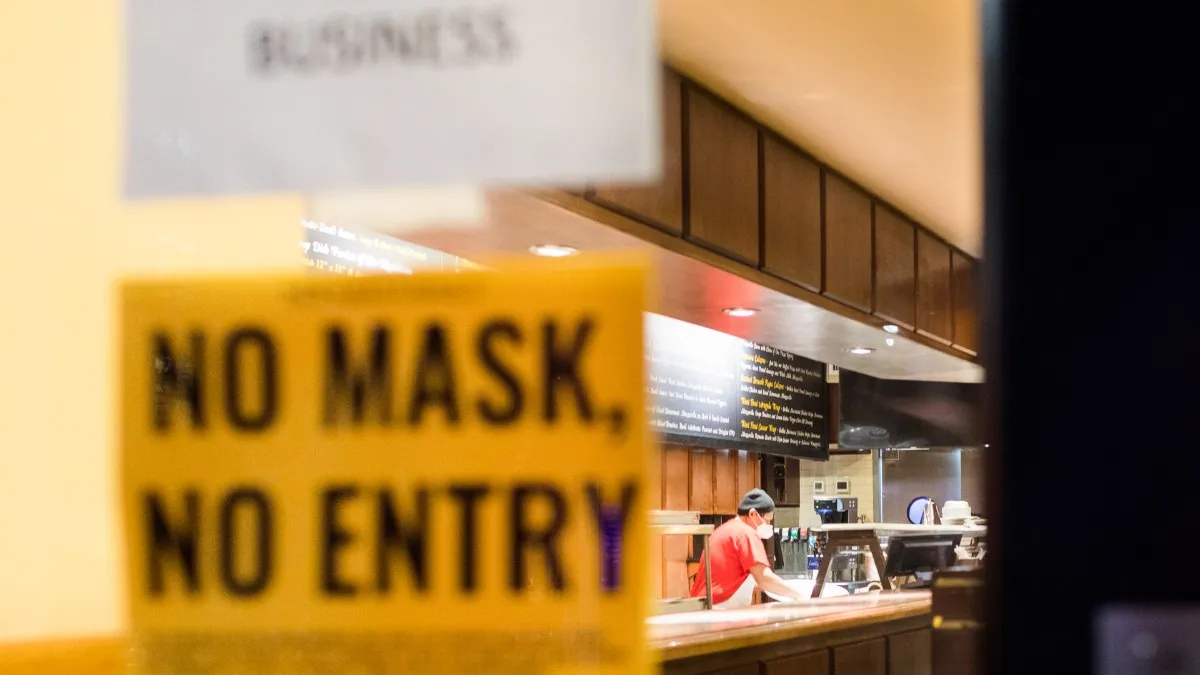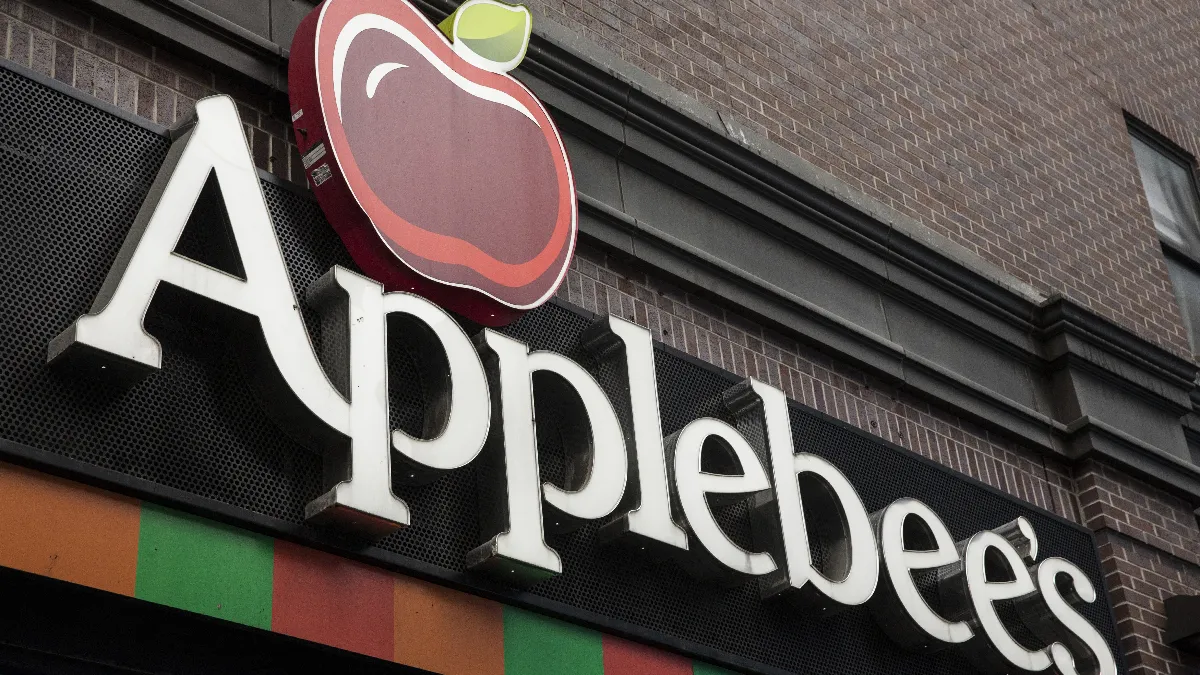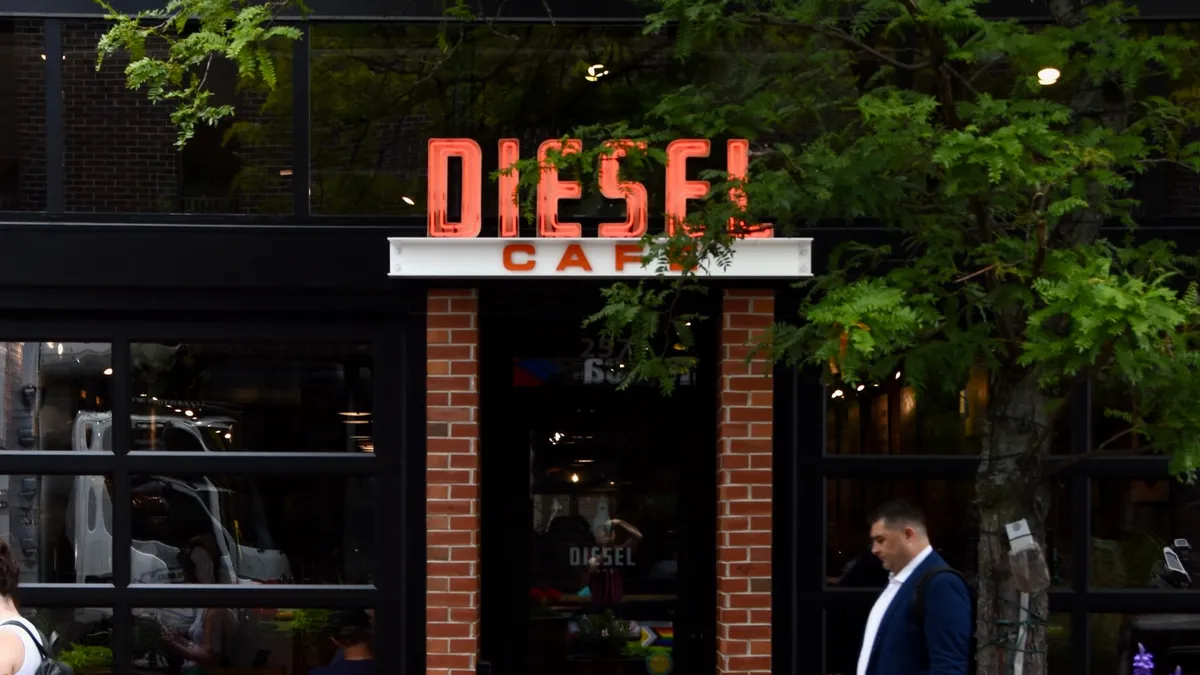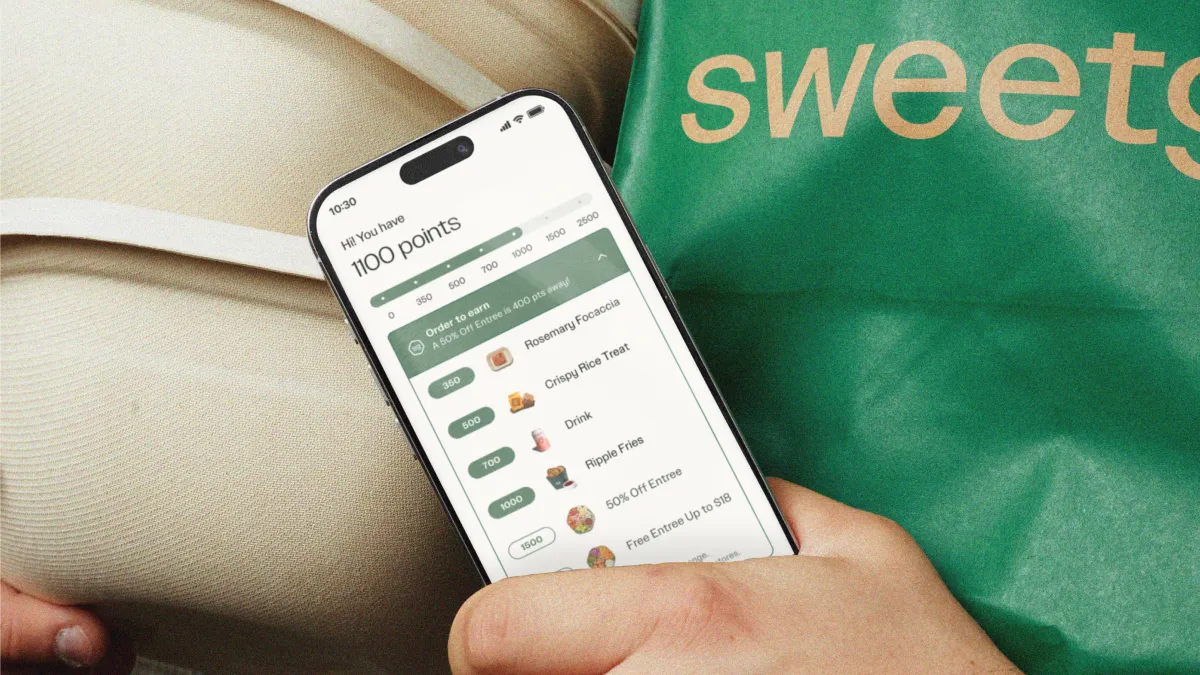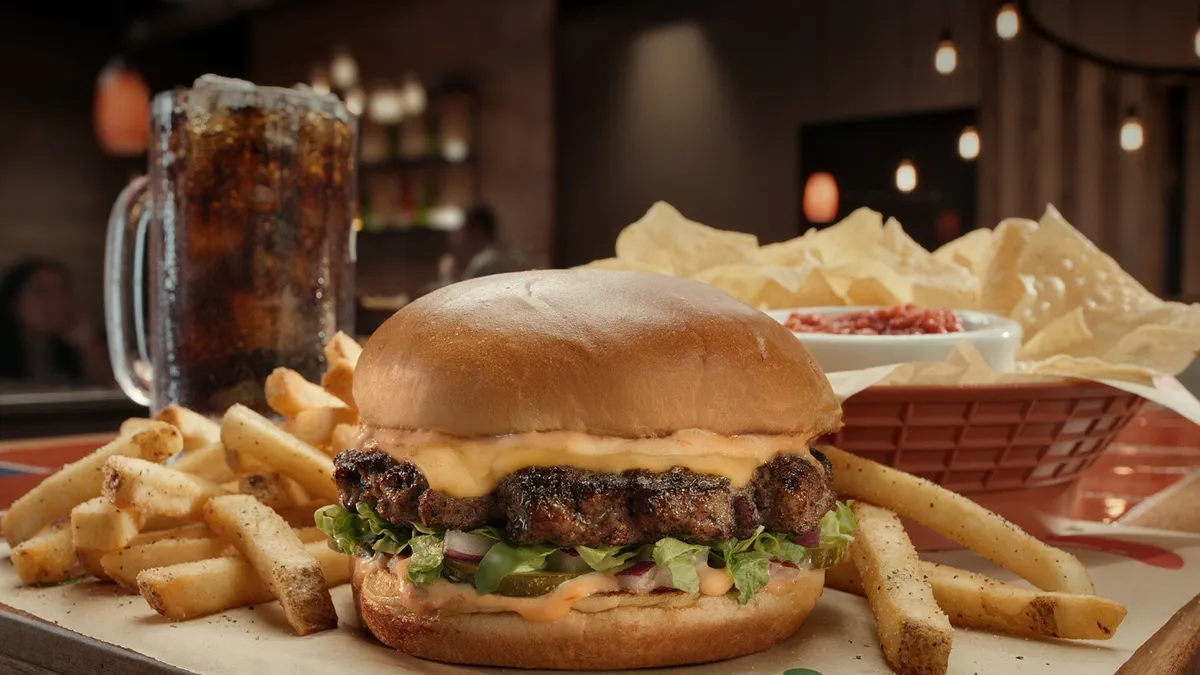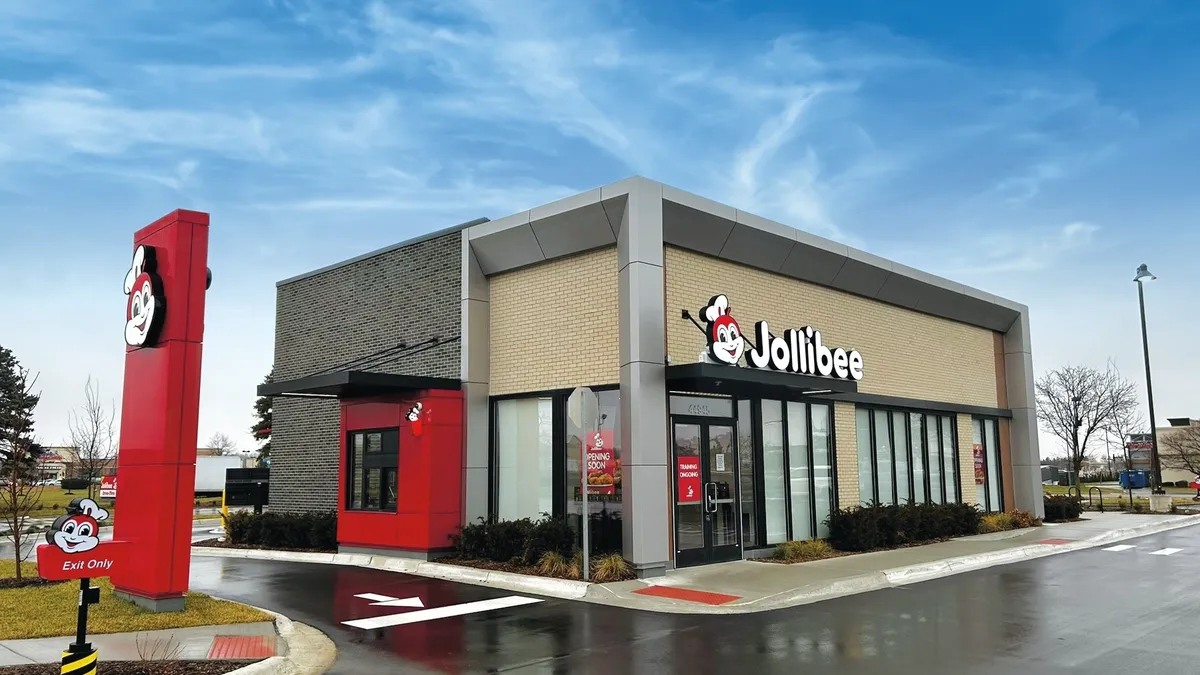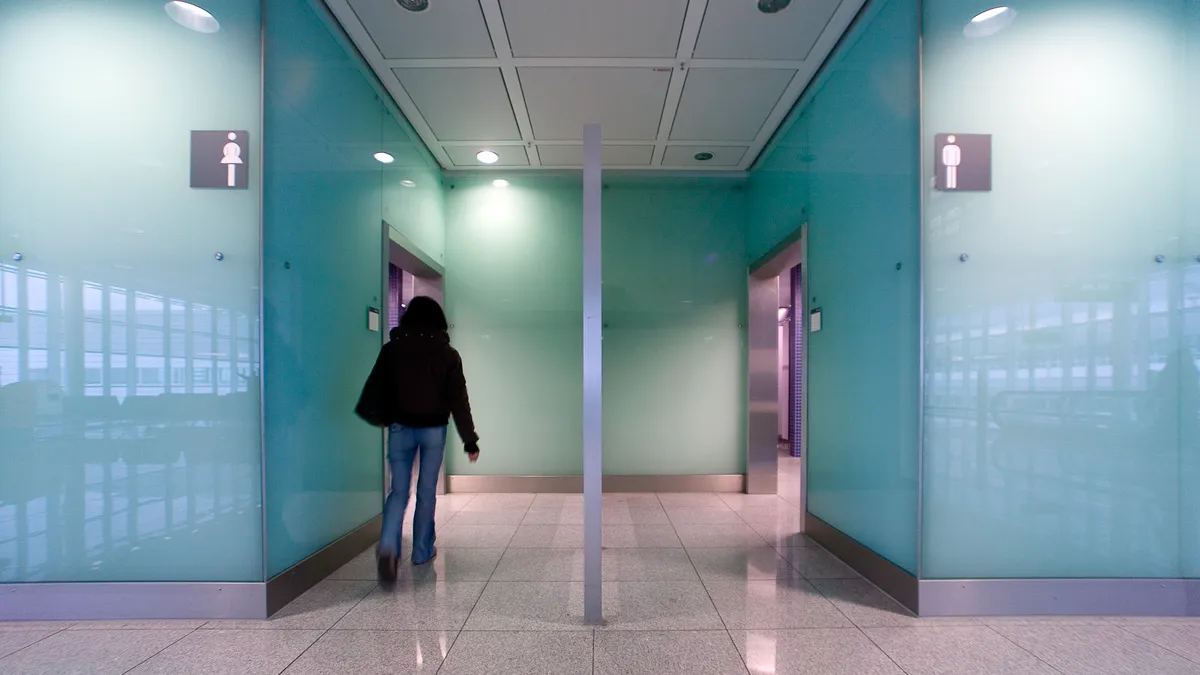2020 was expected to be a big year for the restaurant industry. The National Restaurant Association projected sales would reach $899 billion. But now, seven months into the segment’s worst economic crisis on record, the industry is expected to generate only $659 billion in sales, resulting in a loss of $240 billion, Hudson Riehle, senior vice president of the research and knowledge group at the National Restaurant Association, said at the Main Street Strong conference last week.
As dining rooms begin to reopen, sales have started to recover. But this has been more of a swoosh-shaped recovery where restaurants are generating sales similar to 2016 levels, when monthly sales were about $55 billion, and there is still a lot of ground to be made up, Riehle said. Competitively, monthly sales in January and February were over $65 million, the highest they have ever been over the last 15 years. Recovery will be an uphill battle, as the overall economy is still sputtering.
GDP is declining
According to the Bureau of Economic Analysis and Moody’s Analytics projections, gross domestic product is expected to decline by 4.3% in 2020, the biggest drop since the post-World War II period, Riehle said. GDP for 2021 is expected to increase 3.5%, but the peak of GDP likely won’t be realized until 2022 at the earliest, he said.
While Paycheck Protection Program funds provided a stopgap for restaurants to bring back employees and government-issued stimulus checks gave customers the means to order out, political stalemate over a new stimulus round leaves the industry’s future up in the air. The House-backed Heroes Act, which would include $120 billion in aid to restaurants, still awaits Senate review.
Job losses are worse than Great Recession levels
Through August, national employment slowed due to a lack of stimulus into the economy. Employment growth is expected to be down 6% for the year and up only 0.5% in 2021. Comparatively, employment growth was up 1% to 2% between 2011 and 2019, according to data from the Bureau of Labor Statistics and Moody’s shared by Riehle.
The national economy has also lost 11.5 million jobs, while 23 states and Washington, D.C. suffered more job losses than in February 2008, during the start of the Great Recession, Riehle said.
"When people are employed they have additional money to spend at foodservice, and also they have less time for at-home meal preparation," Riehle said.
Restaurant industry employment varies by segment. Full-service lost over 3.6 million jobs during the pandemic and has regained 2.4 million jobs, while the QSR and fast casual spaces collectively lost over 977,000 jobs and regained 733,000 jobs, Riehle said.
If a second stimulus program isn’t passed in 2020, disposable personal income is also expected to drop 6.5% in 2021, after it rose 5.8% in 2020 following stimulus checks, Riehle said.
"Restaurants sales, because it is income driven by consumers, will once again be under pressure," Riehle said.
Before the pandemic, 51% of food spending in the U.S. was allocated toward restaurants, but now the segment captures only 45% of food spending, Riehle said, adding that this percentage will increase over time.
"But the fact is with weak employment and weak income growth, industry sales growth will ... be modest compared to what the economy was doing pre-pandemic," Riehle said.
Spending, digital orders are up
Pent up demand for restaurants remains high, however, especially for on-premise dining. As of Sept. 4 through Sept. 6, 71% of adults say they are not using on-premise dining as much as they would like, according to a National Restaurant Association weekly survey of 1,000 adults conducted by Engine.
"One thing this indicates is that once consumers get money, they will return to restaurants when they feel safe and secure on the on-premises," Riehle said. "The fact is there is cooking fatigue that has set in among consumers. Once there is a situation where the on-premises dining returns to pre-pandemic normality, the consumers will — with income levels rising — repatronize again."
Inflation has been growing among grocery prices and is 3.3% year-to-date August in 2020 compared to 0.9% in 2019. That figure is closer to 2020’s menu price inflation of 3.1%, which has gone unchanged since 2019, Riehle said.
The percentage of adults who use restaurants across all three dayparts is down by half, but off-premise is in a better position than it was before the pandemic started. The percentage of adults ordering off-premise increased to around 65% for dinner from just below 60% pre-pandemic, up to 45% for lunch compared to below 40% and relatively unchanged at 30% for breakfast.
The National Restaurant Association also found in a survey of 3,500 operators that 67% have added curbside takeout since March, 27% have added third-party delivery and 17% have added in-house delivery. Three-percent added drive-thru since March.
Digital orders are also up. Prior to the coronavirus, one out of 20 orders were done digitally. Now, one out of five orders are digital, Riehle said.
"There will continue to be a greater emphasis on delivery, carry out, alcohol," Riehle said. There will also be increased investment in digital and value-added products, which means labor will be moved off-site, he said.
"Technology offers a real competitive advantage to generate additional incremental restaurant sales demand and … consumer’s acceptance of technology is definitely growing as the months pass by," Riehle said.
But restaurant confidence remains low
Even with shifting demand and growth in off-premise and technology, operator sentiment remains quite low, especially among full-service restaurants. Eighty-three percent of fine dining establishments expect lower sales in six months compared to 17% of QSRs, according to the National Restaurant Association. And a lot of U.S. adults (over half) know of a restaurant that has closed during the pandemic, Riehle said.
"2021 certainly isn't a rebound to [a] prosperity year. The uncertainty and weakness will continue, both in the industry and the national economy," Riehle said.
Full-service operators aren't expecting business to snap back to pre-pandemic levels, either, especially after having to adapt to COVID-19 safety procedures and changing business operations.
"It's not like suddenly one day next year we’re just going to be like, 'Oh it's over. We're at 100%. Let's take all these signs down. Everything is just fine and dandy,'" Stephanie Izard, chef and owner of Girl & the Goat, Little Goat, Duck Duck Goat, Cabra and Tiny Goat, said during the Main Street Conference. "It's going to be a very slow change, I think. … Right now it is making sure to just be OK with evolving and changing."



